Perhaps you got sick or got injured and it becomes difficult for you to carry out daily duties, your physician may prescribe physical therapy as a solution to your challenges.
Physical therapy is a type of treatment which aims at reducing pain in a bid to ensure that you can move without much duress, carry out your normal activities and have a productive life. Physical therapy may help you achieve the following:
- Aid movement
- Reduce pain
- Rule out chances of surgical operation or disability
- Helps in the rehabilitation of accident, stroke or surgery patients.
- It is also useful in patients who suffer from diabetes, cardiac diseases or bone diseases such as arthritis
- It can help you build body balance to minimize chances of falling or slipping.
- People involved in sporting activities can use physical therapy to avoid or treat injuries they may sustain in the course of the activities
- Physical therapy is also helpful in assisting postnatal mothers recover from labor trauma
- You can control your bladder and bowel through physical therapy
- Adapting to a fixed artificial limb becomes easier with physical therapy
- Braces and splints can be gotten through it
- Physical therapy helps in teaching people how to use walkers, canes or any other assistive apparatus
The use and potency of physical therapy cuts across all ages, and is a proven remedy to various health challenges.
Who is a physical therapist?
Physical therapists are professionals who have a license to practice as physical therapists after getting trained in the science of administering physical therapy. They may be called Physiotherapists or PTs for short.
Since 2015, only graduates holding a degree in Doctor of Physical therapy (DPT) from any accredited tertiary institution of learning can qualify for the national exams. Prospective physiotherapists will also have to pass a state examination to obtain a practicing license.
Before physical therapists develop a treatment plan for patients, they’ll have to assess the patient’s condition. Aside teaching patients special routine exercises to ensure that these patients operate and move with more convenience, they may carry out direct treatment on the patient’s body to counter symptoms.
In certain states, patients may not need a referral from a doctor to access the services of a physical therapist. Other times, patients may require one but it’s best to consult your insurance to get a better understanding as regards the need for prescriptions to handle the cost of treatment.
In cases of intense illness or delicate injury, your physiotherapist may assume the place of a doctor, although he may work hand in hand with the Doctor or any other health care officer to administer your treatment.
You will recover faster, feel less pain, and have better assurances of a seamless life when you use the service of a physiotherapist.
Physiotherapists sometimes use the help of assistants who are also learned in carrying out various kinds of physical treatment.
What is a PTs work?
During your first appointment with a physiotherapist, he/she will observe and try to decipher what you need. He’ll question you to know more about your discomfort and any other related symptoms, he’ll also ask about your movement problems, or inability to carry out some daily tasks. Finally, he may request your previous medical reports.
A physiotherapist will generally assess you to ascertain:
- Your ability to turn around, hold, bend down or stretch to reach something.
- The ease with which you climb stairs or walk around.
- Your pulse rate or pulse rhythm during periods of activity.
- Your gait or body balance
From his/her assessment, he’ll develop a plan with your involvement to see that you’re treated. This plan will feature goals which affect you such as operating and feeling well with the inclusion of activities and other remedies to achieve the goals.
Due to differences in body build and system, your treatment duration may differ from other persons undergoing physiotherapy. Depending on your body requirements, you may also need fewer or more sessions as compared to others.
Likely treatment routine include:
- Monitored stretches or exercises
- Therapies to reduce muscle pains such as massage, warm water therapy, etc.
- Lessons to assist you in getting used to artificial limbs
- Use of walkers and canes that helps you maintain balance and move around.
Your progress will be monitored by the PT and he’ll control your treatment as you improve. To keep fit you may practice your exercises at home between therapy sessions.
Where You Can Get a PT
Although PTs may administer treatment to you in your home, you can also find them in; Nursing homes, Rehabilitation centers, Private media offices, Office and work sites, schools, hospitals and outpatient medical centers. One of the top PT facilities in Bergen County New Jersey is Kinetic Rehab & Spine with locations in Ramsey, Park Ridge and Paramus.

